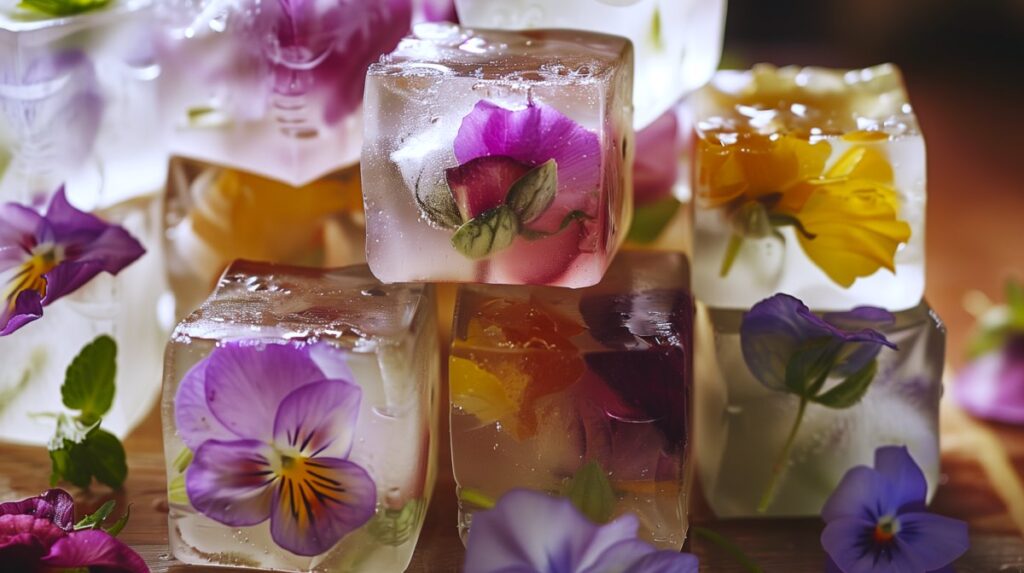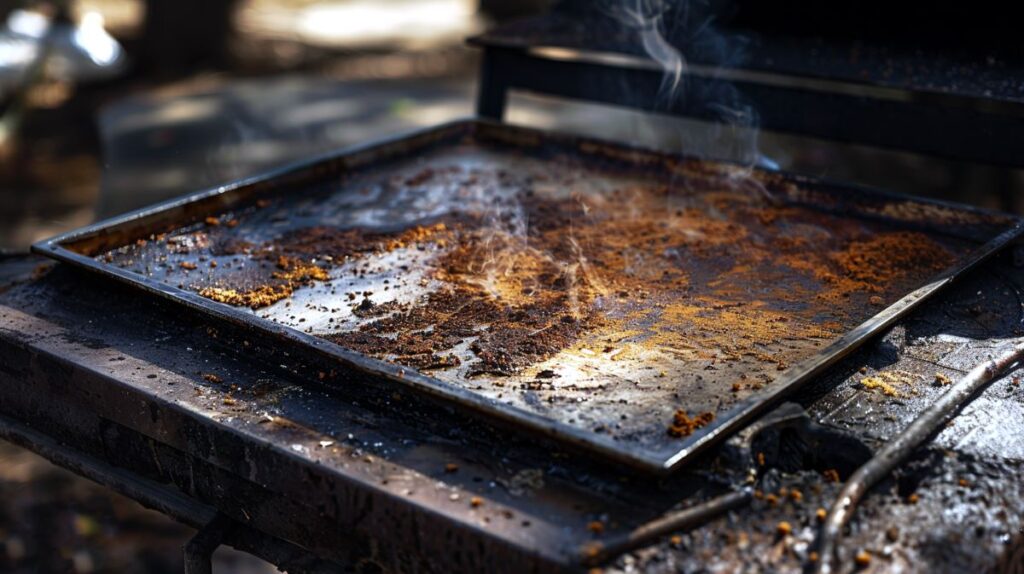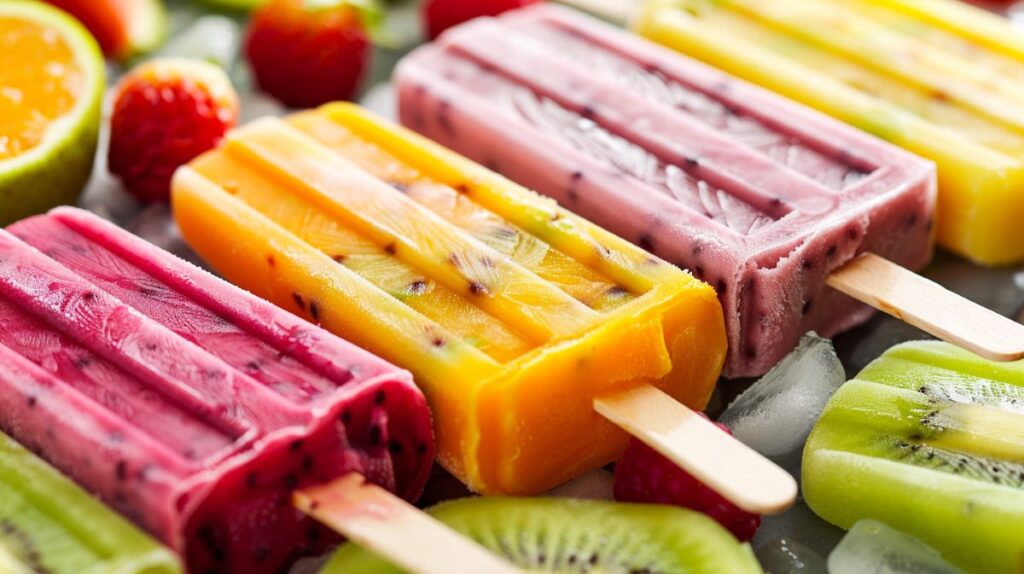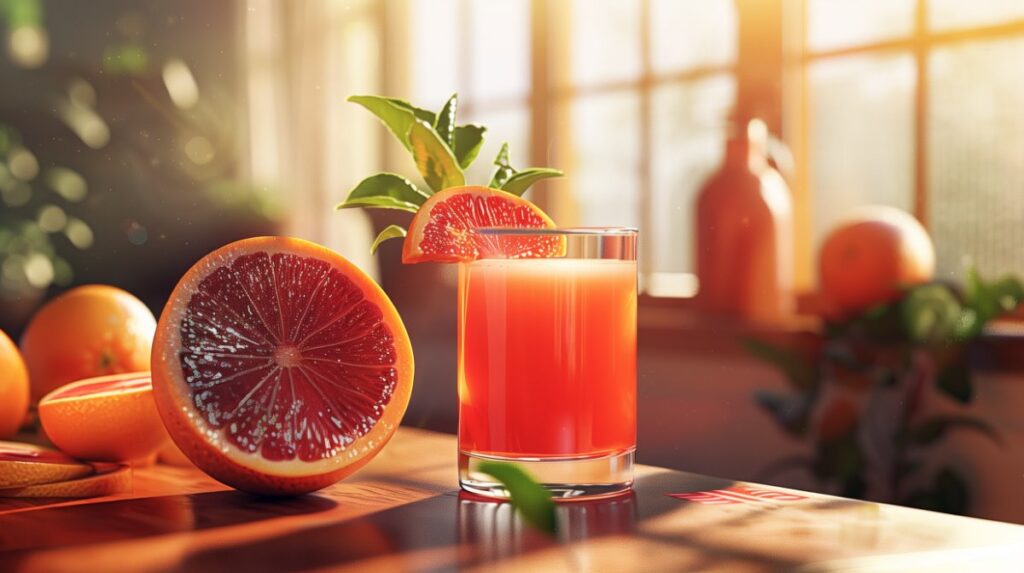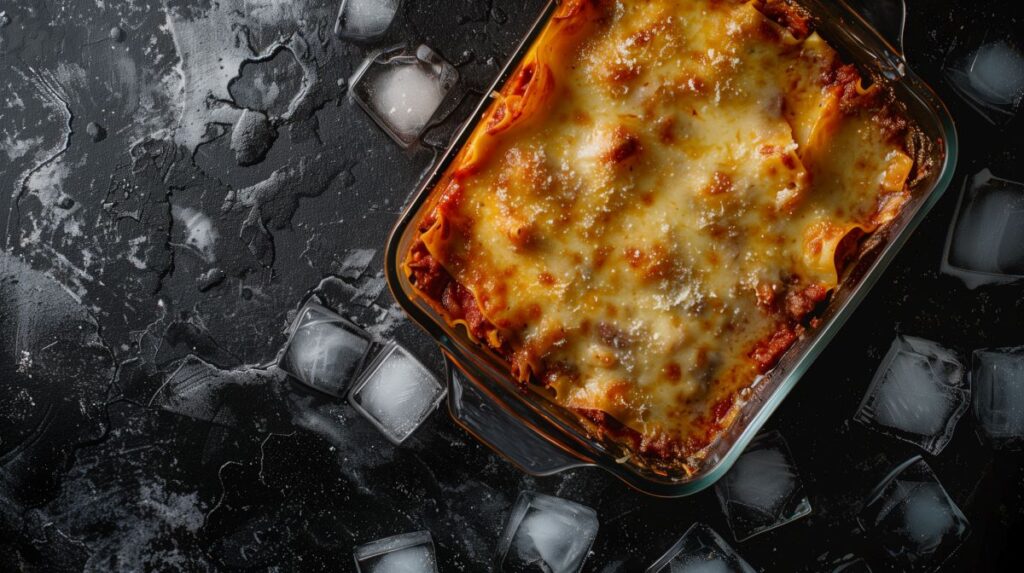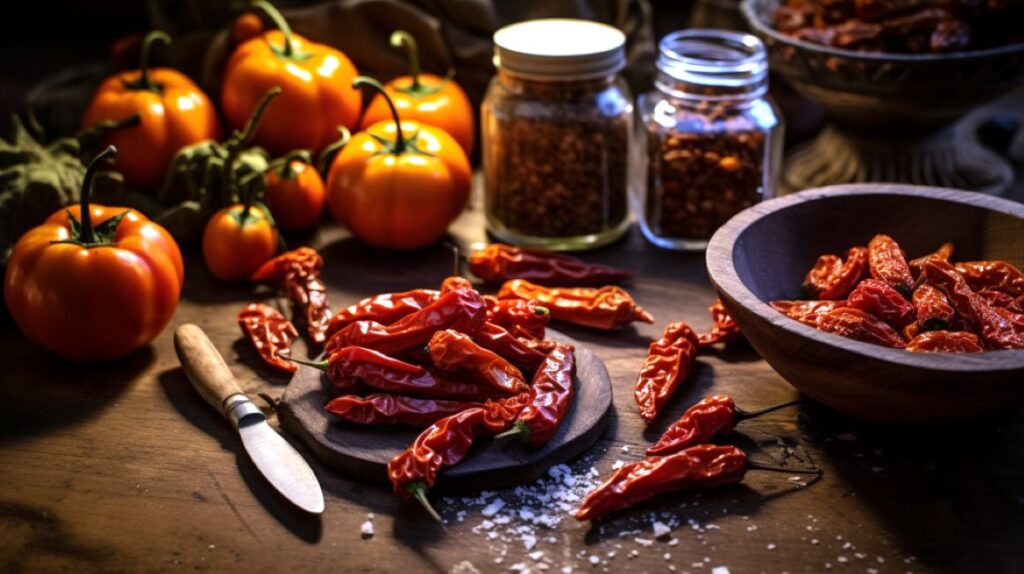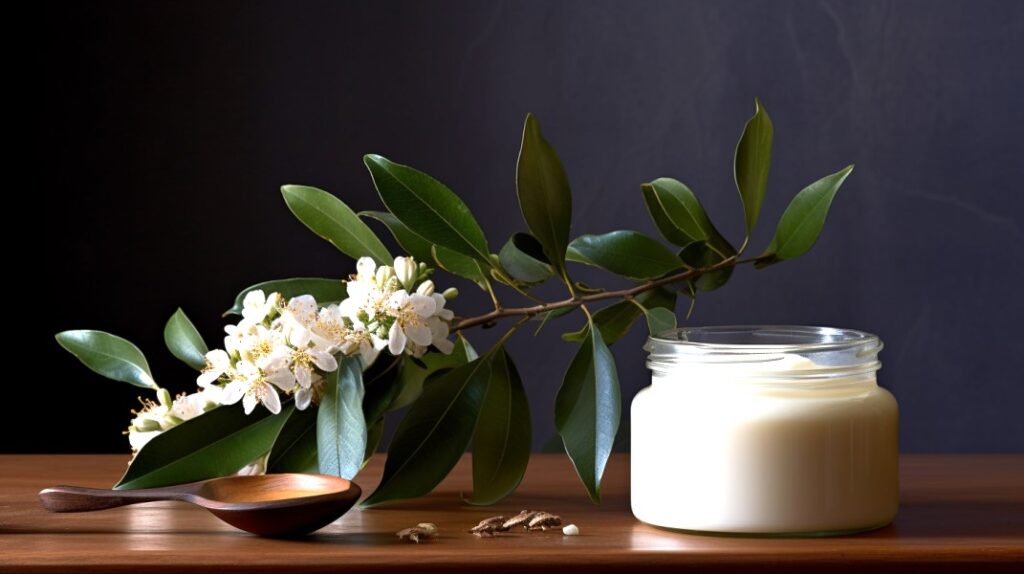How to Make Homemade Edible Flower Ice Cubes + Refreshing Recipes [2024 Guide]
How to Make Homemade Edible Flower Ice Cubes + Refreshing Recipes [2024 Guide] Are you looking to add a touch of elegance and creativity to your summer drinks? In this post, we’ll show you how to make homemade edible flower […]
How to Make Homemade Edible Flower Ice Cubes + Refreshing Recipes [2024 Guide] Read More »
